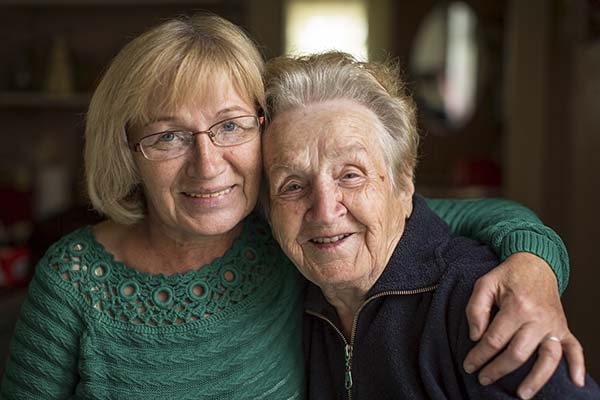Naturally, family systems have a habit of stepping in to provide health care to their aging relatives. The love and care many adult children receive growing up become reciprocal, particularly in the case of their aging parents. But with the advent of longer lives, it is not atypical that a senior parent may still be caring for their parents or spouse. More than 16 percent of adult Americans are unpaid caregivers to someone age 50 or more according to Right at Home, a leader in the in-home senior care industry, and the number is projected to increase.
Many of these caregivers are trying to cope with their health challenges like osteoarthritis, diabetes, and more, while still providing care for others. The Family Caregiver Alliance reports that over one-third of caregivers are more than 65 years of age, with one-third of these older caregivers reporting their health to be fair or poor. The workload for many of these family caregivers precludes them from prioritizing a healthy lifestyle for themselves, often forgoing needed medical appointments or services, and some even lacking healthcare coverage at all. Some steps can be taken to break the cycle of a family caregiver putting their health at risk, which results in the same caregiving patterns and problems for the later generations.
Open a dialogue with your loved one’s healthcare provider as well as your own. If you do not have a doctor and annual physicals, it is time to get that in order. Inform both physicians that you are a caregiver and outline your routine and hours spent in the care for another. All health providers should know that caregiving is a known potential health risk that must be addressed. Take their advice to heart and implement strategies to protect your health.
Call a family meeting (which can be done via videoconference) with all siblings, adult children, and any other relevant family members. If family members live in different areas, they still need to be part of the discussion and the solution for the caregiving of their relatives. Caregiving roles often seem to happen by default. One family member starts with a few minor tasks, and it turns into something much more significant. You cannot and should not provide care alone. Especially a spousal caregiver can find it challenging to ask for help and, as such, suffer higher levels of depression, relationship strains, as well as physical and financial burdens. Caregiving works best when everyone participates in the best ways they can.
Check out support services both online and locally. Many adult caregiving guides can inform the family about the scope of their undertaking and provide a structure that can be divvied up among family members. Senior service agencies can recommend support and care services for your loved one as well as the primary caregiver. Devise a plan to meet the challenges head-on. Make amendments as health needs change and know there will likely come a time when your loved one would do better in an assisted living facility.
If an outside living facility is not possible, then get some downtime by bringing in a professional caregiver to lighten the workload on the primary caregiver. It can be just a few hours a week or a few days a week that someone else can reliably provide personal care, housekeeping, meal prep, transportation, and other services. Do some research to identify the right match of a professional caregiver for your family.
Knowing that you do not have to go it alone while providing care for a family member and risk your health in the process has a positive impact on both the care receiver as well as the caregiver. The time that is spent together is less stressful and guilt-ridden when caregiving is a shared responsibility.
We help families navigate the difficult decisions around caregiving and how to pay for care. We would be happy to meet with you to discuss your particular needs. Please contact our Liberty office today to discuss your individual planning needs.


Recent Comments